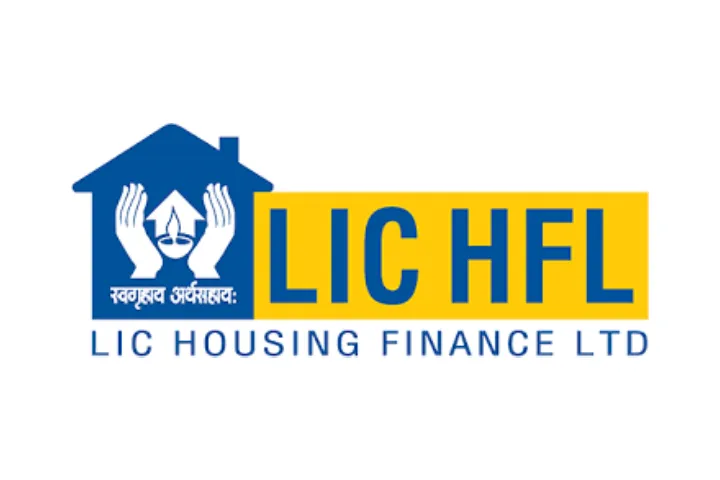Blogs

Quantum Phinance, an emerging powerhouse in fintech renowned for its groundbreaking financial management...

What is AML Software?
Anti-money laundering (AML) software is used in the financial and related sectors...

Why is the BSDA list scrutiny critical?
As per SEBI Circular CIR/MRD/DP/22/2012, all depository participants...

In the world of mutual funds, investible surplus cash is a critical aspect that fund managers need to...

The net asset value (NAV) calculation and reconciliation process for an asset management company (AMC)...
No posts found




